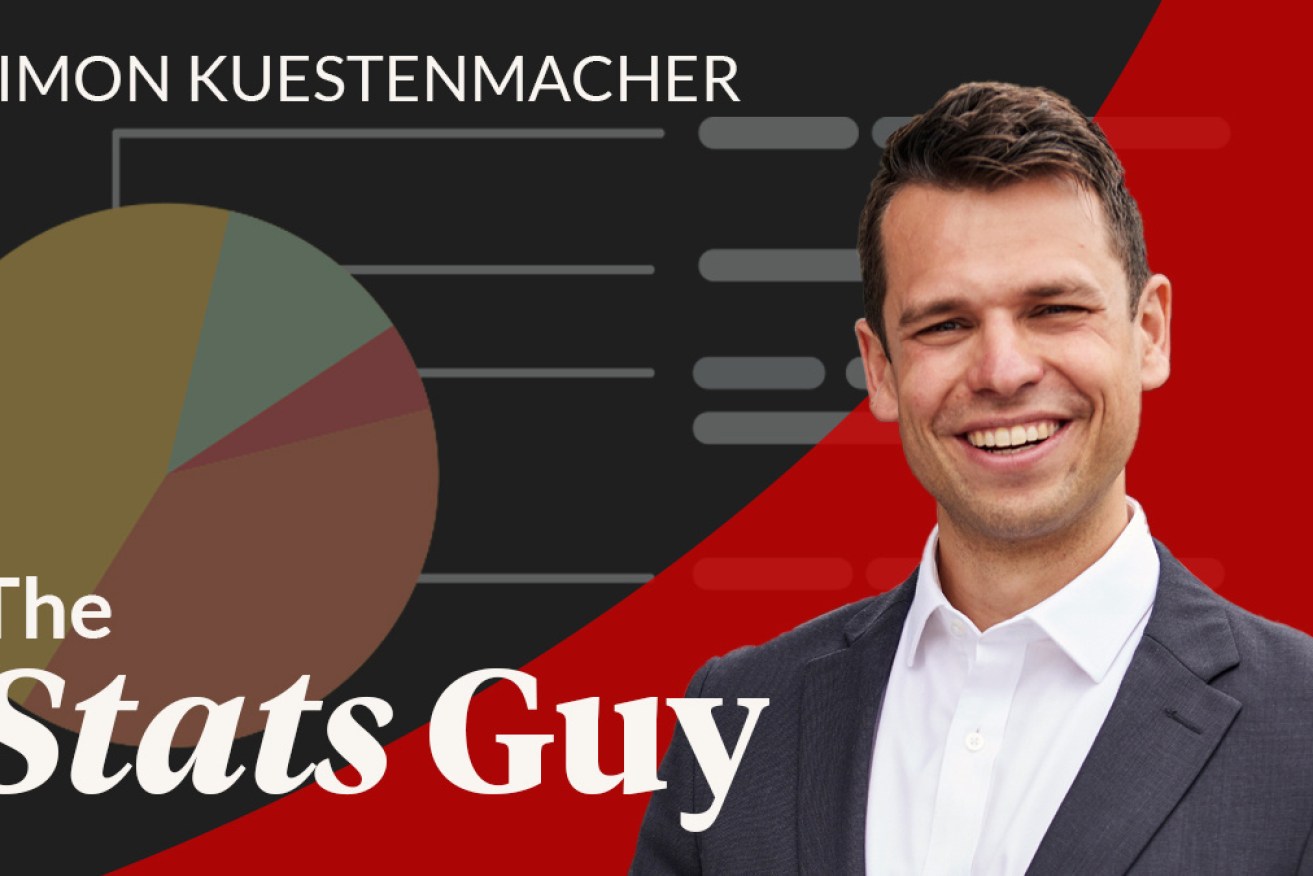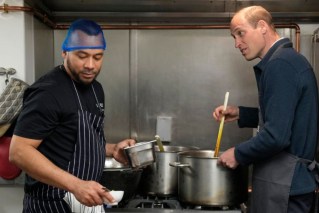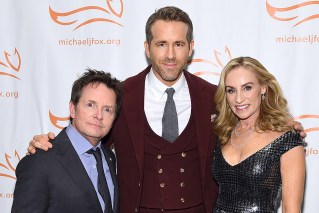The Stats Guy: Rebuilding our cities requires a long-term view


Have we used this rare period of slow population growth wisely, asks Simon Kuestenmacher. Photo: TND
The pandemic changed our cities in a lasting way while long-term trends such as population growth and climate change continued to shape the urban environment.
In past decades Australian cities grew at breakneck pace. In the 15 years leading up to the pandemic, Melbourne alone grew by the population of Adelaide (1.4 million people). Unfortunately, the city failed to add the infrastructure of one Adelaide in the meantime. Sadly, this isn’t a uniquely Melburnian problem …
Over the last two years population growth shifted from the capital cities to regional Australia for the first time in forever. By sheer demographic dumb luck, the large Millennial generation entered the family formation stage of the lifecycle just now. Millennials couldn’t afford family-sized houses in the inner city and moved to the urban fringe and regional Australia instead. The regions were surprised by the sudden increase in population; prices went up and once again infrastructure growth didn’t keep pace.
The pandemic stopped overseas migration, and urban growth paused for a little while. During the pandemic, Australia lost population overseas for the first time since WWI. Have we used this rare period of slow population growth (the country still grew a bit because more people were born than died) wisely?
To protect the population from the virus, strong social distancing measures were announced. The sight of empty streets and offices led some commentators to predict the death of the city.
I strongly disagree with that assessment. In our knowledge economy, the city is far from dead even if many of us can work from home, but we need to rethink our cities. We need a big shift in how we plan and think about our cities – a Haussmann-sized shift one might say.
In the 19th century a crowded and densely populated Paris suffered a horrendous cholera pandemic. The existing urban form wasn’t fit for the new realities the city faced. Come Georges-Eugène Baron Haussmann.
The famous technocrat was chosen by Emperor Napoleon III to carry out a massive urban renewal program in the French capital. ‘Haussmann’s renovation of Paris’ is responsible for the modern look of the city with its boulevards, parks, and other public works.
Our Australian cities need a reimagination of a similar scale. Haussmann was a difficult figure, and I am not saying we need to model our cities on a 150-year-old vision of Paris.
We need to prepare our cities for bigger populations, for increasingly hot weather conditions, and must do so in a socially responsible way. Major changes are needed to ensure our cities remain liveable, safe, and fair places.
To tackle the three most pressing urban issues of our time, a long-term perspective must be taken.

Greener, cooler cities start one apartment block at a time. Photo: Getty
Let’s start with climate change. All efforts to counter the warming of the globe are welcome in my book, but I think it’s even more important to prepare our cities for the inevitable hotter climate conditions that we are sure to encounter.
Too many of our new residential developments are way too hot. We build concrete-covered heat islands with too little green space and too little tree cover (even when allowing for these trees being very young). The boxes that we put our new residents in are nowhere near energy efficient enough, with no room left for gardens and yards to cool the area in summer.
Building standards must catch up with the realities of a hotter climate. Yes, I am calling for more red tape here. Consider me a party pooper for a greener and cooler city. This includes a focus on active transport for local communities and leads into the second issue we must tackle: population growth.
Much like climate change, you can hope nothing will happen, but you can be pretty sure that it will. So, let’s prepare for massive population growth in our major cities and regional hubs in the coming decades.
Infrastructure investments must be de-politicised. We can’t afford to waste time and money by signing off and then cancelling infrastructure programs whenever we elect new leaders. Give more power to a body like Infrastructure Australia. The government sets the budget, and an independent panel decides what gets built by whom.
Part of the infrastructure revolution is the focus on active transportation (walking and cycling). As our capitals shift to the 20-minute-city model (all essential functions are available within a 20-minute radius from your home) active transport will become a major issue. Prepare for endless motorists vs cyclists stories in your local news.
Focusing heavily on bicycles when redesigning our cities and planning new developments allows for an efficient and healthy city. Bicycles don’t pollute, they combat our ever-growing waistlines, and they are an unbelievably efficient way to move around, as the below chart (allegedly Steve Jobs’ favourite data visualisation) shows.

Source: Scientific American 1973; Article on the origin and impact of the bicycle by Wilson.
As population flows to regional Australia, the connectivity within each state must be improved. Victoria and New South Wales especially must invest in a rail network connecting their capital cities with their satellites.
I think the region best prepared to build efficient infrastructure is Southeast Queensland (Brisbane, Gold Coast, Sunshine Coast, Toowoomba). The 2032 Brisbane Olympics have the power to focus the efforts of a whole region on something that’s a decade away. I fear the other major cities will have a harder time pulling off transformative infrastructure projects.
The third issue is the increasing polarisation of society into high- and low-income earners combined with the chronic unwillingness of the political system to drive down house prices. Consequently, home ownership will be forever out of reach for low-income workers.
To tackle the housing affordability issue for unprivileged Australians we must invest heavily in social housing. The government must act as a housing developer and provide low-cost housing to low-income earners. This is another truly transformative idea. Take housing stress away for millions of Australians while creating much-needed middle-class jobs.
While I am at it, I might as well call for universally free TAFE education to ensure we have enough workers available to build all the things I called for in this column.
A lot of work is ahead of us but I am convinced we can tackle these tasks.








